High-quality marketing is essential in today’s competitive business world. Without effective marketing campaigns, businesses may struggle to compete and gain ground. This is why photorealistic rendering is so effective.
Marketing materials must be of high quality and relevant, but also attractive and eye-catching. Items such as social media posts, website banners, and brochures must stand out and attract potential customer’s attention. Furthermore, marketing should look magnificent — this is just one of the many benefits that 3D rendering for photorealistic quality can provide.
Despite the benefits that 3D rendering services offer, many businesses still utilize traditional photography. This holds true particularly for product marketing such as furniture, office equipment, and other everyday items.
In this article, we aim to show why 3D rendering presents a great alternative to traditional photography for marketing. We dissect the fundamental processes involved so that the difference is clear. Furthermore, we look at the drawbacks of photography and the advantages of 3D rendering.
Understanding the Differences between Rendering and Photography
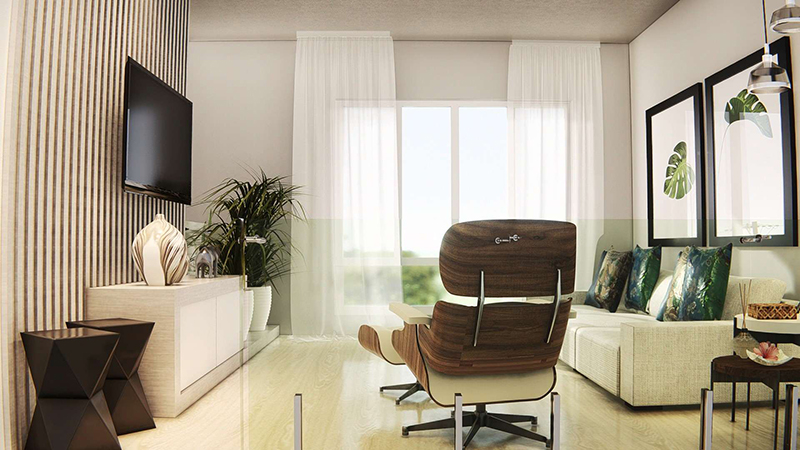
First, let’s look at the basic processes involved. This will give a clear understanding of the main differences. Both 3D rendering and photography are completely different processes. This is one of the main reasons why photorealistic rendering is such a great process for business marketing — 3D rendering is relatively straightforward and inexpensive compared to photography.
3D Rendering
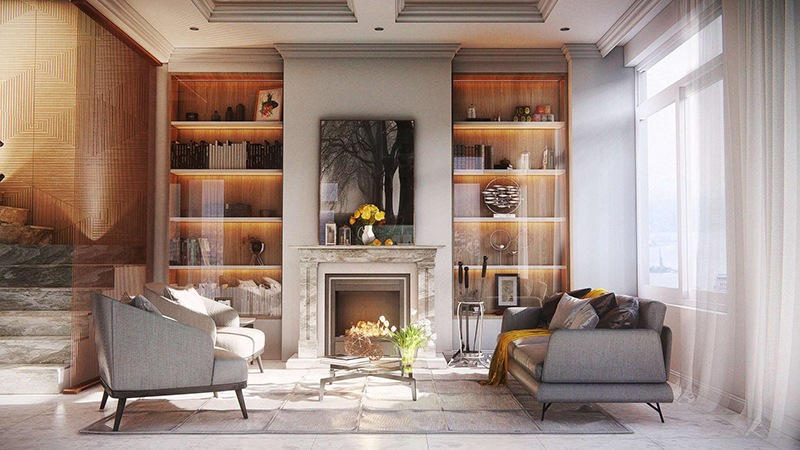
3D rendering involves using advanced computer software to create photorealistic images. Examples of 3D rendering software include 3Delight, FluidRay, Maxwell Render, SolidWorks, V-Ray, and Autodesk.
Programs such as these can create highly advanced 3D models, graphics, and scenes. Those creations are then rendered with photorealistic features such as natural lighting, shadows, textures, and even weathering. Generally, the equipment required for 3D rendering includes:
- A high spec computer
- 3D rendering software
This is one of the main differences between photography and rendering – the setup. 3D rendering is quite minimalistic in comparison to photography. To create 3D renders, a graphic design specialist will require a quality computer and advanced 3D rendering software. That’s it.
The process for creating 3D rendering for marketing is also straightforward. As a business, you would provide the 3D furniture rendering with a brief and specifications — this could include sketches and notes, for example.
Once the 3D rendering company has the basic information, they would then use their software to create the graphics required. Once completed, the finished renders would be sent to your business for review and acceptance. Once you read the process for photography, you will notice a clear difference between the two methods.
Photography

Photography for marketing can be quite varied. The setup and equipment required will change drastically depending on the products or services involved. Generally, an expensive DSLR camera is needed along with a high-quality lens. Furthermore, other equipment such as additional flashes, light stands, and diffusers could be necessary.
This equipment will be provided by the photographer, but the overall cost will increase if a complex setup is needed. The following is a list of potential equipment:
- DSLR camera
- Lens
- Flash
- Tripod
- Light stand
- Lights
- Diffuser
- Backdrop
As you can see, the equipment and setup required are hugely important when considering between 3D rendering services and photography. When creating marketing strategies, a photographer would have to develop a dedicated photoshoot.
Your business, for example, could take products to their studio and spend a period taking different photos. You may rent their studio, equipment, and services for a day or several hours. The photographer would then spend time editing the photos before sending them to you for use in your marketing material.
3 Limitations and Constraints of Photography for Product Marketing
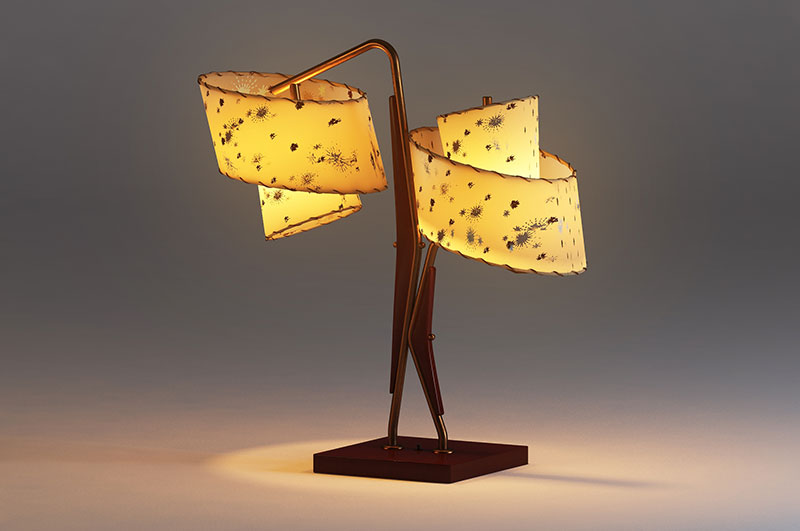
To understand why 3D rendering and CAD services is the better choice, we must first look at the negative aspects of photography. We must first point out that photography does produce excellent results—DSLR cameras such as the Canon 5D can create superb marketing photos. As you will see below, however, several drawbacks make photorealistic rendering the better choice.
Photography Requires Expensive, Specialist Equipment
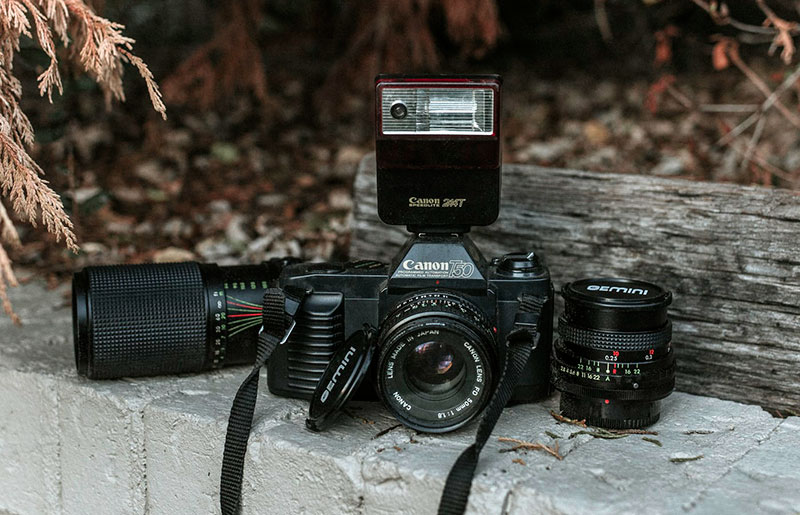
As discussed above, the setup for a professional photoshoot can be extremely expensive. In most cases, a business would outsource their photography requirements to a professional studio. The studio could use the following equipment:
- A dedicated off-site studio, or an on-site area at your business.
- One or more DSLR cameras — a myriad of high-quality prime lenses for different phototypes.
- Multiple flashes or lights to create artificial lighting — light stands and diffusers to create favorable lighting conditions.
- Multiple tripods
- Other equipment for the positioning of products, etc.
Equipment such as this is not cheap. A high-quality DSLR camera such as the Canon 6D Mark II, for example, costs approximately $1,200. Furthermore, a high-quality prime lens such as the Canon EF 85mm costs approximately $1,300. That’s $2,500 just on the camera and lens! Your business does not have to front these costs — but the photographer does. Thus, the cost of a photoshoot can be hugely expensive.
In comparison, 3D rendering requires a computer and rendering software. This puts photography at a huge disadvantage due to the time involved and the equipment that must be sourced.
This is, of course, if you want high-quality photos that rival the quality of photorealistic renders. If you are happy to use a smartphone and take marketing shots yourself, there are no equipment requirements. The downside is that the quality will be inferior. The main point is that to achieve like-for-like results using photography, an expensive set up with specialist equipment is necessary.
A Dedicated Setup Is Also Required for the Photoshoot
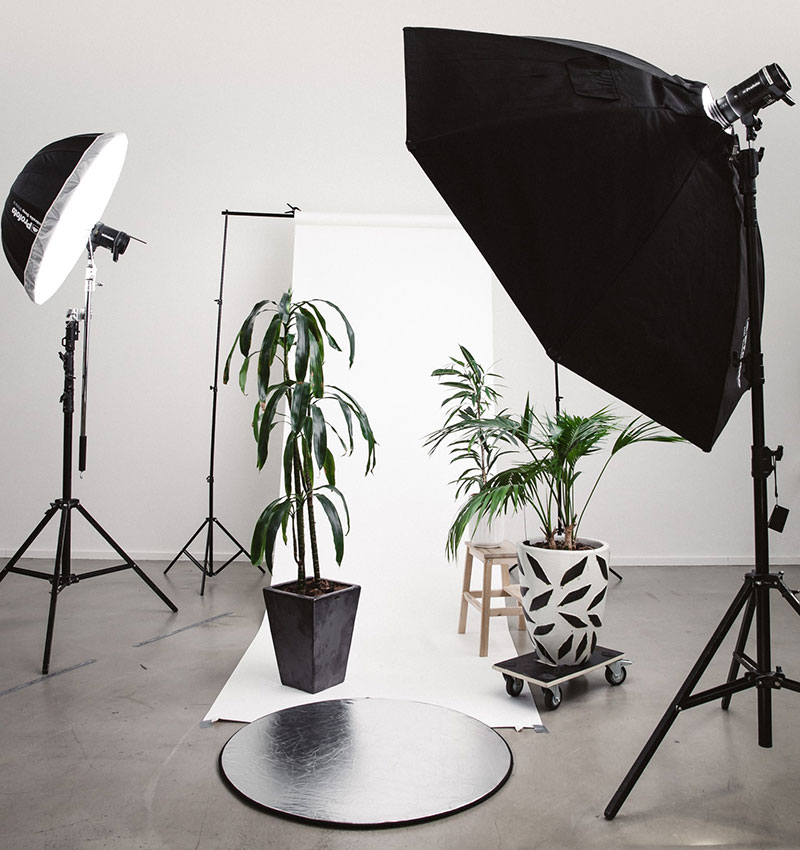
As you can imagine, to create a setup such as the one required above, there is a lot of effort required. First and foremost, you must either hire a studio to create the setup or create a dedicated area within your business to produce the photos. Either of these processes requires a dedicated area and can cause the following problems:
- Time must be taken out of your business hours to accommodate the photoshoot.
- A dedicated slot must be booked with the photographer.
- If the photoshoot is at your business, this could disrupt your standard operations.
- A photographer may not have a slot immediately available, which could increase the lead time.
The main issues are time and disruptions. The relative time required to organize, setup, and book a photoshoot is quite lengthy compared to the time required to create a photorealistic rendering. Finding an available photographer who can accommodate your needs in the timeframe required is not always possible.
Furthermore, the actual photoshoot could cause disruptions to your business. In most cases, a representative of your business may be required during the photoshoot. This is to ensure the correct types of photos are taken. This, of course, uses their time when they could be performing other important operations.
Changes Cannot Easily Be Made to the Marketing Material
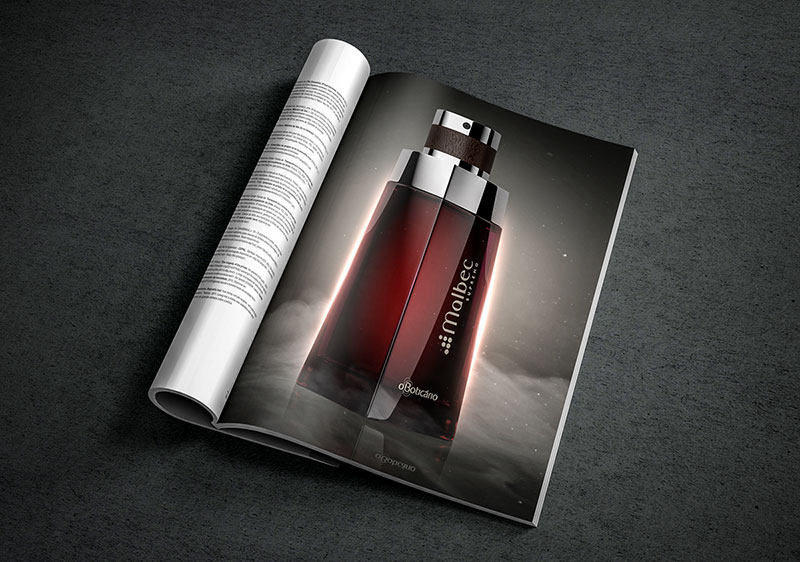
Photography must be perfect the first time. Photos can be retouched using post-processing software such as Lightroom and Luminar. A photographer can improve the basic quality, saturation, detail, and crop, for example. A photographer cannot easily change the composition or contents of a photo though.
If an object has been photographed at a certain angle, that is the only angle the photo can show. If a different angle or perspective is required, a new photo must be taken. To that end, photography does not provide the same flexibility as 3D rendering.
Consider this example. Your business has just completed a half-day photoshoot for a new line of product design services. The photographer edits the photos and sends you the results. You look through the photos only to find out that a top-down perspective shot has been missed for the second product—disaster! To get this photo, you have to contact the photographer and book a new slot at their studio—this is time-consuming and also expensive.
If 3D rendering was used in this same example, the original renders could simply be edited or rotated in a fraction of the time and new images created.
9 Advantages of 3D Rendering for Product Marketing

Now that you understand the drawbacks of photography, we can look at the advantages of 3D rendering. Photorealistic rendering has a plethora of advantages. Firstly, the end quality is superb.
If you look at examples of 3D rendering for architectural design, for example, the buildings are indistinguishable from real photos. Furthermore, lighting and natural surroundings also look fantastic. 3D rendering for furniture is also unbelievable quality—the furniture has realistic textures, weathering, and shadows.
In previous decades, 3D rendering was not photorealistic. Rendering software would create images that were pixelated and lacking in detail. Furthermore, textures, shadows, and lighting were extremely basic. In short, people could tell that a render was computer generated. Today, that is not the case. Marketing material has advanced and photorealistic renders are of exceptional quality.
Aside from the quality, the list below contains 9 advantages that 3D rendering offers:
1. Reduced Time
Time is one of the most important aspects involved in designing marketing materials. Marketing strategies must be created quickly to react to current demands and trends. If your business fails to create fresh marketing campaigns, you could lose out to your competition. Using photography for marketing is not the most effective method available.
We touched on this issue above. First, a suitable photographer must be found. Information, products, and props must then be provided. Date and time for a photoshoot must then be agreed upon. Next, the photoshoot must be completed and the photos professionally edited. This whole process is time consuming and fractured. From start to finish, using photography for marketing could take weeks.
On the flip side, the process to create photorealistic rendering is quick and straightforward. A suitable 3D rendering company must still be found (Cad Crowd can help with this process). Furthermore, information must be given. After that, the rendering company will create your images in a time-scale you dictate. The whole process could take days as opposed to weeks.
2. Reduced Cost

Cost is also a main consideration when marketing your new product launch. As a business, you will have a set budget for marketing. Using an expensive photography setup could obliterate that budget and leave your business short in other areas. Alternatively, it could mean a compromise of quality if you have to use a cheaper photography service.
3D rendering is often much cheaper. 3D rendering services are generally competitive and realistic for the work involved. A 3D rendering company does not have the same overheads and equipment requirements as a photographer—no DSLR cameras or expensive studio setups, for example. This means that their prices can be lower without any loss of quality in their service.
3. Improved Flexibility
In today’s digital world, flexibility is a key part of a successful marketing campaign. As competition has increased, marketing strategies must be flexible and easy to change/re-design. Traditional photography does not offer that flexibility.
Once a photoshoot is created and photos are taken, that’s it. To develop new photos, a new photoshoot would have to be setup. Even changing small items within the pictures would take great effort.
3D rendering provides an unparalleled level of flexibility on the other hand. Practically any aspect of the marketing material can easily be changed. Colors, sizes, dimensions, angles, perspectives – anything.
Let’s say, for example, that you had created a 3D render of a show-home for a new housing site your company was developing. Any item within that show-home could be changed quickly—furniture, wallpaper, paint, fixtures. You could create multiple designs and hundreds of different styles with minimal effort.
4. Great Creative Opportunities
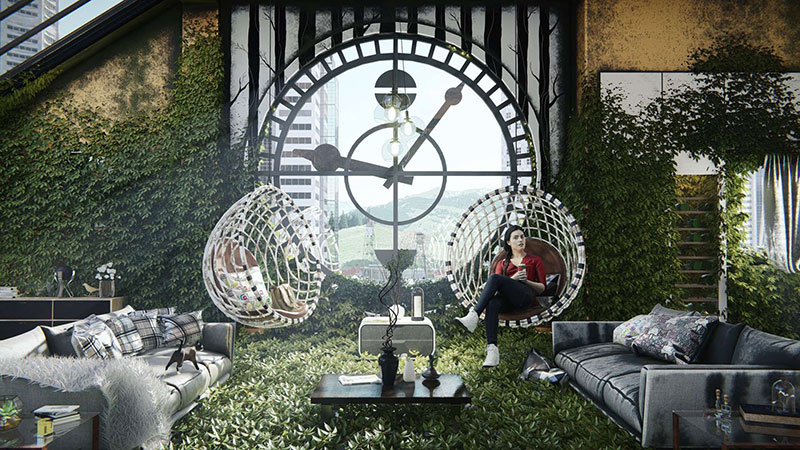
Creative photography requires a huge effort, cost, and time. To create an imaginative and appealing photoshoot setup is not an easy task. Although a photographer can take different compositions and edit photos using different styles, the overall creativity is limited.
Photorealistic rendering, on the other hand, offers practically unlimited creative opportunities. 3D rendering software can be used to create anything. The only limitation is your imagination. This allows a business to put great thought into their marketing campaigns. Nothing is out of bounds.
5. An Improved Process for Prototypes
Creating prototypes is part of the design and production process and also important for marketing. 3D rendering can greatly speed up the process for creating prototypes. A company can create a 3D rendering and use these images as the first stage of creating a prototype.
These renders can be translated into prototypes using 3D modeling design services or even CAD design. If the prototype is found to be ineffective, the 3D render can simply be changed and a prototype re-made. The effort required is minimal, and 3D rendering gives excellent flexibility when creating prototypes.
This can be useful for marketing — businesses can create a plethora of prototypes quickly and then use them to create early pre-release marketing campaigns.
6. Renders Can Be Re-Used
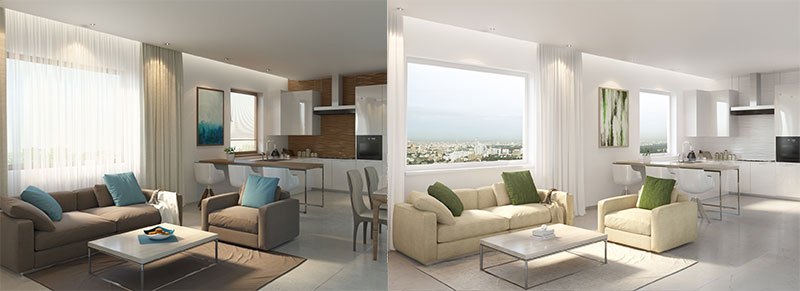
A photo can be re-used. Any digital media can be reused infinitely, providing you have access to the original file. By re-using, we mean using the material contained within for different purposes. Photos can only be re-used in their original format with the same composition – objects within the photos cannot be changed.
3D rendering projects for marketing have much greater re-usability. The designer will have master copies of the renders – these will contain multiple layers and individual objects that can all be changed. Essentially, a 3D render could be re-utilized and re-imagined as something completely different.
Let’s say your interior design company has created a room layout complete with furniture and accessories. To change this scene using photography, the whole room would have to be set up again and re-arranged. A 3D render, on the other hand, would provide your business with the ability to re-design the room and create fresh marketing material in a fraction of the time.
7. Ability to Cross-Sell Other Items Easily
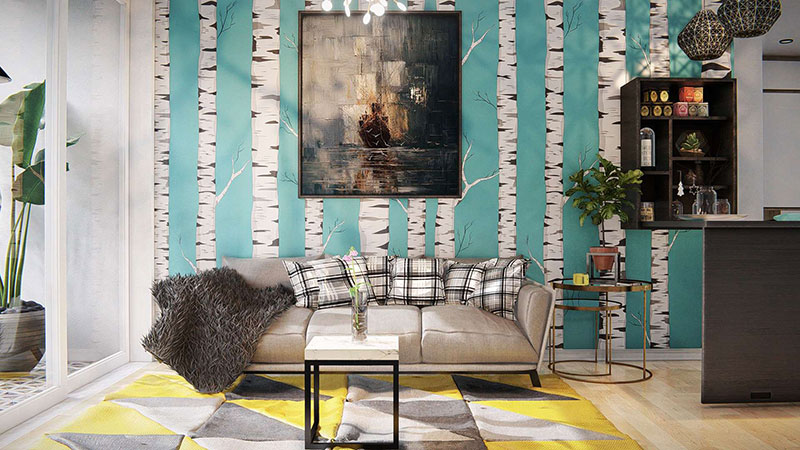
Cross-selling is a vital technique used in marketing. Cross-selling is the process of marketing other products as secondary objectives within primary marketing campaigns. Let’s say, for example, that you sell office equipment. You are creating a marketing campaign to promote a new series of office desks. When creating the marketing photos, you could add in other items for sale, such as chairs, stationery, and desk items – this is cross-selling.
Cross-selling is possible via photography. In the example we mentioned above, a photoshoot could be created including the desk and other items – this would create a fantastic photo with cross-selling potential.
There is, however, no flexibility. Once that photo is created, to make changes, the scene would have to be physically re-created. This would take time and effort. Even minor changes such as cross-selling a different chair, for example, would be a momentous task. 3D rendering doesn’t have the same issues.
If your business had a 3D render created of the same scene the cross-selling potential would be huge. First and foremost, the quality would be just as good if not better.
Secondly, cross-selling items could easily be replaced, added, or removed. The 3D render specialist would simply have to edit the render and add/remove different objects. This provides excellent cross-selling opportunities and greater flexibility.
8. Work Can Easily Be Sub-contracted
As a business, it is not always possible to perform every task in-house. Furthermore, sometimes it is too expensive or time-consuming. This is why certain tasks have to be sub-contracted. 3D rendering can easily be sub-contracted.
Your marketing campaigns could be sub-contracted to either a 3D rendering company, or both a rendering company and then a digital marketing team. This means that you can concentrate on other aspects of your business, with the knowledge that marketing is in good hands.
9. Improved Emotional Connection with Customers
Creating an emotional connection with your customers is a hugely important aspect of marketing. If a product or service can register on an emotional level, its effectiveness will increase. Furthermore, a customer is much more likely to make a purchase or enquire further if they are invested emotionally in the product.
Standard photography sometimes lacks that emotional connection. Product marketing using basic photography is sometimes generic and corporate – it does not have that personalized meaning or appearance. Photorealistic rendering offers greater flexibility, and the option to create that much-needed emotional connection.
A prime example could be something “un-seen,” such as underfloor heating. How could you show underfloor heating in a personal way? Using photography, the only possibility would be to take photos of the mechanisms involved such as the pipes – this isn’t very appealing. The emotional response from customers would be minimal.
3D rendering, on the other hand, could be used to create something that customers could emotionally connect with. A cross-sectional image of a beautiful kitchen complete with stunning units and fixtures could be shown, for example, complete with a cut-away section of the floor showing the under-floor heating. Customers would then understand how could fit in and work in their own home.
Cad Crowd’s 3D Rendering Freelancers Can Help
If you are working on a new product idea or a product line, 3D rendering can enable you to start marketing your products right away, before they are even manufactured. This can help you to save time, money, and efforts, as well as start gaining a return on your investment as soon as possible.
Cad Crowd has a vast database of freelance 3D rendering professionals from all over the world. They are skilled, experienced, pre-vetted, and confidential.
To get started, check out how it works or get a free quote right away.
We also host design contests which allow you to get multiple design concepts for your idea. Learn how you can launch a design contest in just under 15 minutes.
